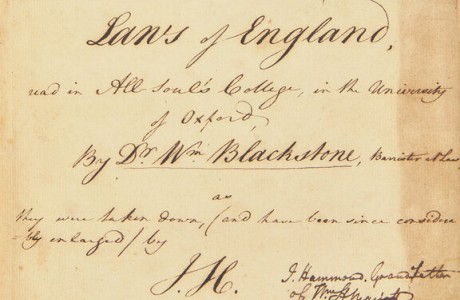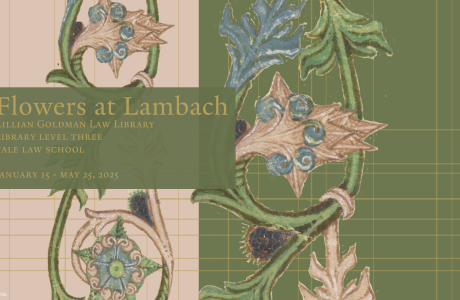Monuments of Imperial Russian Law: Russian Orthodox Canon Law

Kormchaia Kniga [Book of the Pilot]. Moscow, 1650. Special Collections, Harvard Law School Library
Ecclesiastical jurisdiction remained intact under the 1649 Ulozhenie. The Russian Orthodox Church immediately set about producing a modern version of the Book of the Pilot. This was approved by an ecclesiastical council and printed in 1650 and, with revisions, again in 1653.
For the remainder of the Imperial era (and beyond in some territories where Russian Orthodoxy continued to prevail), this ecclesiastical “code” remained in force with minor modifications introduced in the late eighteenth century. Here were preserved tenets of Byzantine and medieval Russian law. In 1656 the Patriarch Nikon, acting through the Novgorod ecclesiastical court, ruled on the extent to which a widow’s dowry was liable for her late husband’s debts by applying the relevant provisions of the Ecloga preserved in the Book of the Pilot.
See: Ivan _u_ek, Korm?aja kniga: Studies on the Chief Code of Russian Canon Law (1964).
“Monuments of Imperial Russian Law,” curated by William E. Butler and Mike Widener, is on display Mar. 1 - May 25, 2012, in the Rare Book Exhibition Gallery, Level L2, Lillian Goldman Law Library, Yale Law School.


